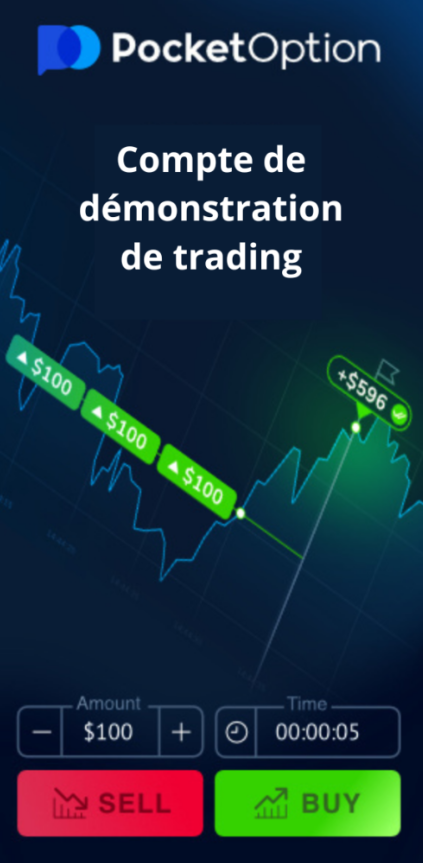Pocket Option Fees Comprehensive Guide and Analysis

Pocket Option Fees: Comprehensive Guide and Analysis
Pocket Option has emerged as one of the leading platforms for binary options trading, appreciated for its user-friendly interface and diverse options that cater to both beginners and expert traders. A significant aspect of using this platform is understanding its fee structure. In this article, we will delve into Pocket Option Fees, exploring all associated costs, as well as tips on how to manage these effectively.
Understanding Pocket Option Fees
Like any trading platform, Pocket Option assesses various fees on its users, including trading fees, withdrawal charges, and other service-related costs. Understanding these fees is crucial for maximizing profits and minimizing expenses.
1. Trading Fees
Pocket Option is popular for having competitive trading fees compared to other platforms within the industry. Typically, the trading fees are embedded in the payout rates. Here’s how they generally work:
- Payout Percentage: The payout rate determines your return on investment. A higher payout percentage often means lowered fees.
- No Commissions: Pocket Option does not charge any direct commission per trade, making it appealing for traders focused on binary options.
2. Deposit Fees
The platform is known for its low barriers to entry, which include zero deposit fees. This allows users to fund their accounts without incurring additional charges, enabling traders to allocate more funds towards actual trading activities.
3. Withdrawal Fees
Withdrawal fees are an essential aspect of Pocket Option’s fee structure. Here’s a breakdown:

- No Direct Withdrawal Fees: Pocket Option does not impose fees on withdrawals. However, it’s important to consider that third-party service providers might apply their charges.
- Payment Method Dependence: Fees might apply depending on the chosen withdrawal method, including bank transfers, e-wallets, or cryptocurrencies.
4. Currency Conversion Fees
Currency conversion fees can apply if your account currency differs from the currency of your payment method, so it is important to be aware of potential conversion rates when conducting international transactions.
5. Inactivity Fees
Pocket Option, like many trading platforms, may charge an inactivity fee if a trading account remains inactive for a specified period. Stay active to avoid such fees and ensure you engage with the platform regularly to optimize your capital usage.
Benefits of Pocket Option
Understanding Pocket Option fees allows traders to capitalize on the benefits while keeping costs manageable:
- User-Friendly Interface: The platform’s simplicity makes it optimal for beginners and seasoned traders.
- Diverse Trading Options: With access to numerous assets, users can diversify their portfolios for better risk management.
- Competitive Payout Rates: With lucrative payout structures, traders are incentivized to optimize their strategies and maximize returns.
How to Minimize Pocket Option Fees?
Reducing fees and costs can significantly improve trading profitability. Consider the following strategies:
- Choose the Right Account Currency: Opt for an account currency that minimizes currency conversion fees based on your location and trading preferences.
- Active Engagement: Regularly engage with the platform to avoid inactivity fees. Set reminders or goals to stay active.
- Wise Selection of Payment Methods: Select payment methods with minimal third-party fees. Always review terms related to e-wallets or direct bank transfers.
Conclusion
Pocket Option offers a transparent and competitive fee structure. While trading and withdrawals are cost-efficient, understanding the nuances of other fees is essential. By managing currency conversions, staying active, and choosing low-cost payment options, traders can effectively navigate the platform while optimizing their costs. Always stay informed of any changes in the fee structure to ensure your trading activities remain profitable.
